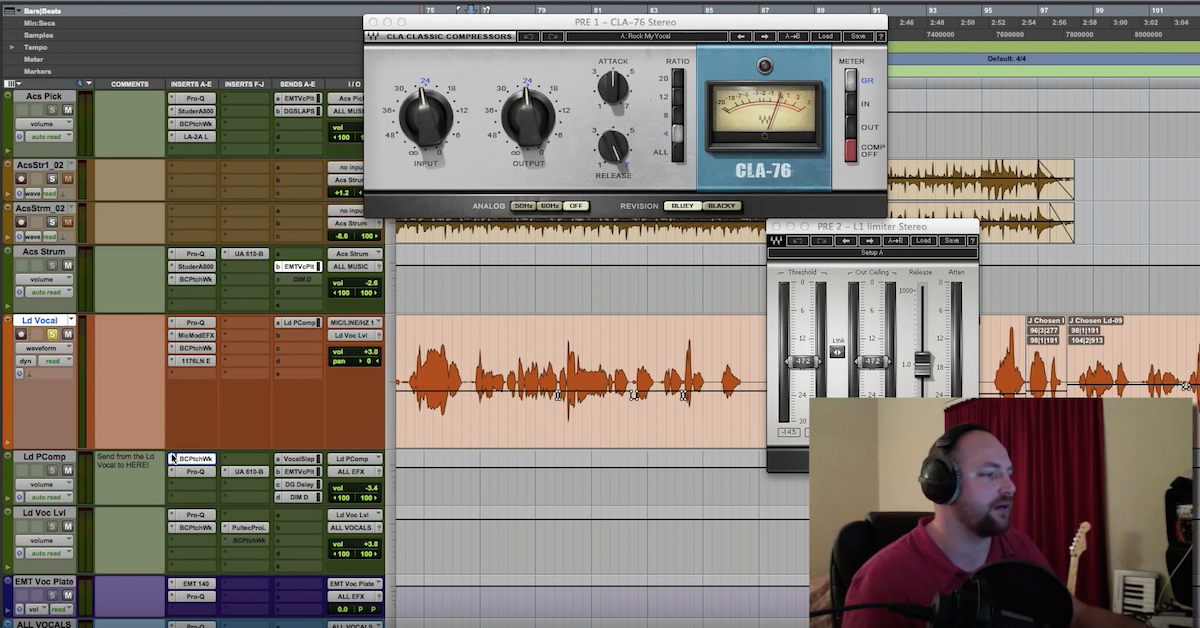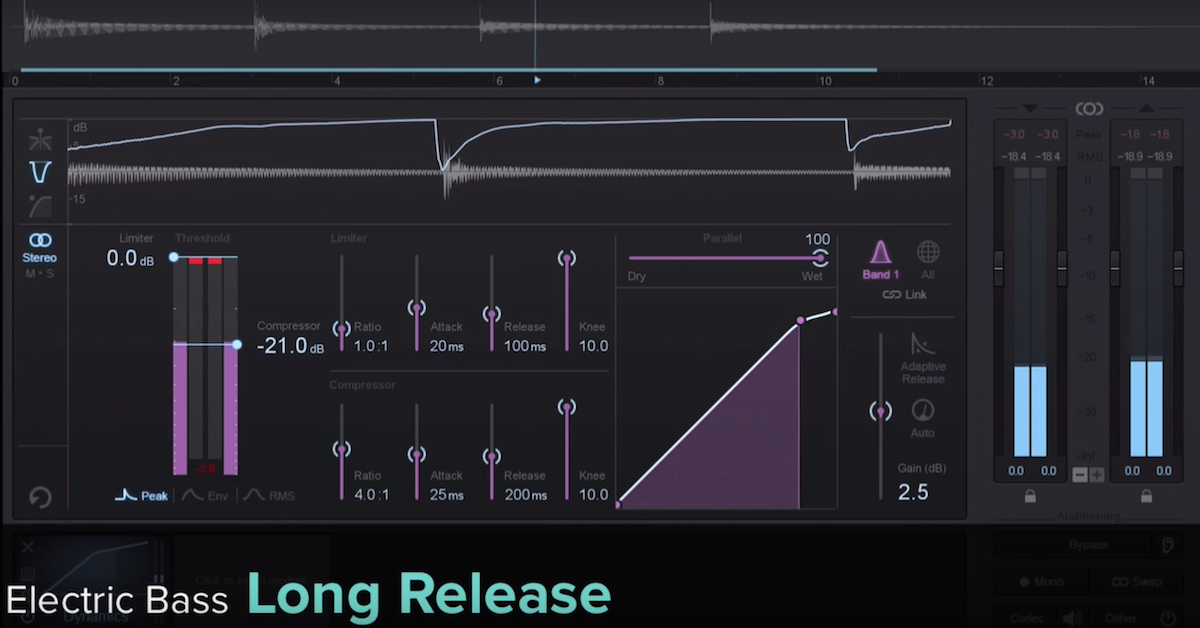Music Marketing: Preparing Materials for a Publicity Campaign (Part 1)
Article Content
Most of us who’ve released music independently have followed a conventional path to promoting and distributing music digitally. We distribute music by signing up for an aggregator, hosting music on free streaming sites, reaching existing fans through social media platforms, and push marketing through promoted posts on outlets such as Instagram and Facebook.
If you’ve tried this method, you may have seen a temporary bump in your play count, but it’s likely that you’ve seen your hard work fizzle after a few weeks, as your listeners’ attention is saturated by a constant stream of new releases.
So how do we cut through the noise? This article is the first in a series designed to help musicians release their music independently using effective promotion techniques. You do not need a high-level manager to take advantage of these tools. You do, however, need to work hard, budget effectively, and spend some of your own money. Depending on the scale of release, you should be able to promote your music for less than it costs to record it.
Desired Outcomes
First, it is important to identify your desired outcome from publicizing your music. Is it important to you to have your music played on the radio? Are you interested in licensing for film and television? Do you want to attract the attention of a manager or booking agent? Your desired outcomes will help define what formats you use to distribute your music, and how much money you wish to spend.
If you truly wish to make a splash with your music, then you need to invest yourself fully into your project: consistent performances, a full website with auxiliary social media accounts, and consistent engagement with fans through these channels are all necessary prerequisites to a successful publicity campaign.
In order to book live events and attract fans, you will need a demo recording available for free listening. Hopefully, you pay close attention to graphic design, developing an aesthetic that attracts the viewer’s eye to your website and your event flyers.
Most importantly, your music should be unique and engaging. Once you’ve cultivated all these elements, your desired publicity outlets can search for you online, identify that you have fans, and will hopefully take interest in reaching those fans by publicizing your work. Let’s take a look at what materials you will need to launch a full publicity campaign.
The Music
As you spend time doing the legwork to develop your identity and your core fan base, you will have also spent time writing and recording new music. Even one song is enough for a commercial release. Keep high-quality versions of your recordings, as vinyl mastering can print from a digital master at a higher sample rate than a CD. Create instrumental bounces and “a capella” (vocals only) bounces, as these will prove useful later on.
This is also a good time to decide what formats to use in releasing your music, such as digital (streaming services and mp3 retailers), CD, vinyl, cassette tape, or any other niche media such as an interactive iOS application, mobile media player, or even a toy.
There is but one commandment to follow: Thou shalt not make a digital-only release. Publications, radio stations, and PR firms will not bite at your release without some physical copy available for purchase. A digital-only release may unwittingly send a message that you’re not financially invested in your music. If you won’t put everything you’ve got behind your music — why should they?
If you’re uncertain that your fans will buy physical copies your music, print 100 Digipak CDs, mail out 75 promotional copies and keep the rest to sell on your website. If you sell out of copies, all you need to do is print more.
Music Videos
Music videos are arguably the most important component of a musical release — even more important than the music itself. Why? Because it ties together the visual aesthetic of your project, it makes for a more attractive “click” than a link to an audio file, and videos can be embedded and auto-played on most social media platforms or teased out in snippets with the “story” feature on Instagram, Snapchat or Facebook.
A discussion about what makes a music video successful requires a longer conversation, but for beginning videographers, focus on your concept, your tools, and your budget. The concept is the most important. The topic of your song, or a clever reimagining of the song’s topic, can deliver limitless possibilities for music video concepts.
Your tools could include cameras, tripods, elaborate set design, costumes, or could involve merely a smartphone camera and items from a craft store. Dioramas can be made elaborately and cheaply. Stop-motion animation can be cheap (but time-consuming). The budget is the deciding factor in which video concepts can be achieved. For independent artists, it’s a no-brainer: settle on a concept that allows you to make your video cheaply. Build your own props, design your own sets, and play your own acting roles.
If you have control over your videos, use it to design a production that works within your budget. It is possible to shoot a great music video for under $100, with the right concept and the right tools.
Remixes
Part of developing a presence in your local music scene is connecting with local artists, especially folks who are more famous than you. Once you’ve dutifully built relationships in the community, this will be the time to call on those friends to remix your work. You can barter for a remix of their work, pay them outright, or offer to help produce their next single. Having a more prominent artist remixing your work is a great way to attract the attention of a music publication.
Electronic Press Kit
Not long ago, a press kit included a demo tape or CD, with a band photo and a printed biography. Today, this information sits all on one page, with a press photo, links to music, and biographical information all included neatly on a single PDF.
This biography, however, is not the same as the one you host on your website; rather than directed at your listeners, this biography is pitched to publications, management, or any industry insiders that are interested in the marketability of your work. In addition to your project’s story and musical influences, include quotes from the press about your music, famous artists you’ve performed with as an opening act, and any metrics related to streaming or sales of your music that might impress onlookers.
Looking Ahead
The chicken-or-the-egg conundrum is that the best way to get press is to already have press. Fear not: if you have diligently worked towards an authentic grassroots base, a blog will soon review your demo or one of your performances. There are many publications out there, small and large. Don’t hesitate to let them know who you are! With consistent performing, social engagement and collaboration with other artists, you will find the foothold you need to deliver an impactful release.
Next in Marketing Independent Releases : The Publicity Campaign





